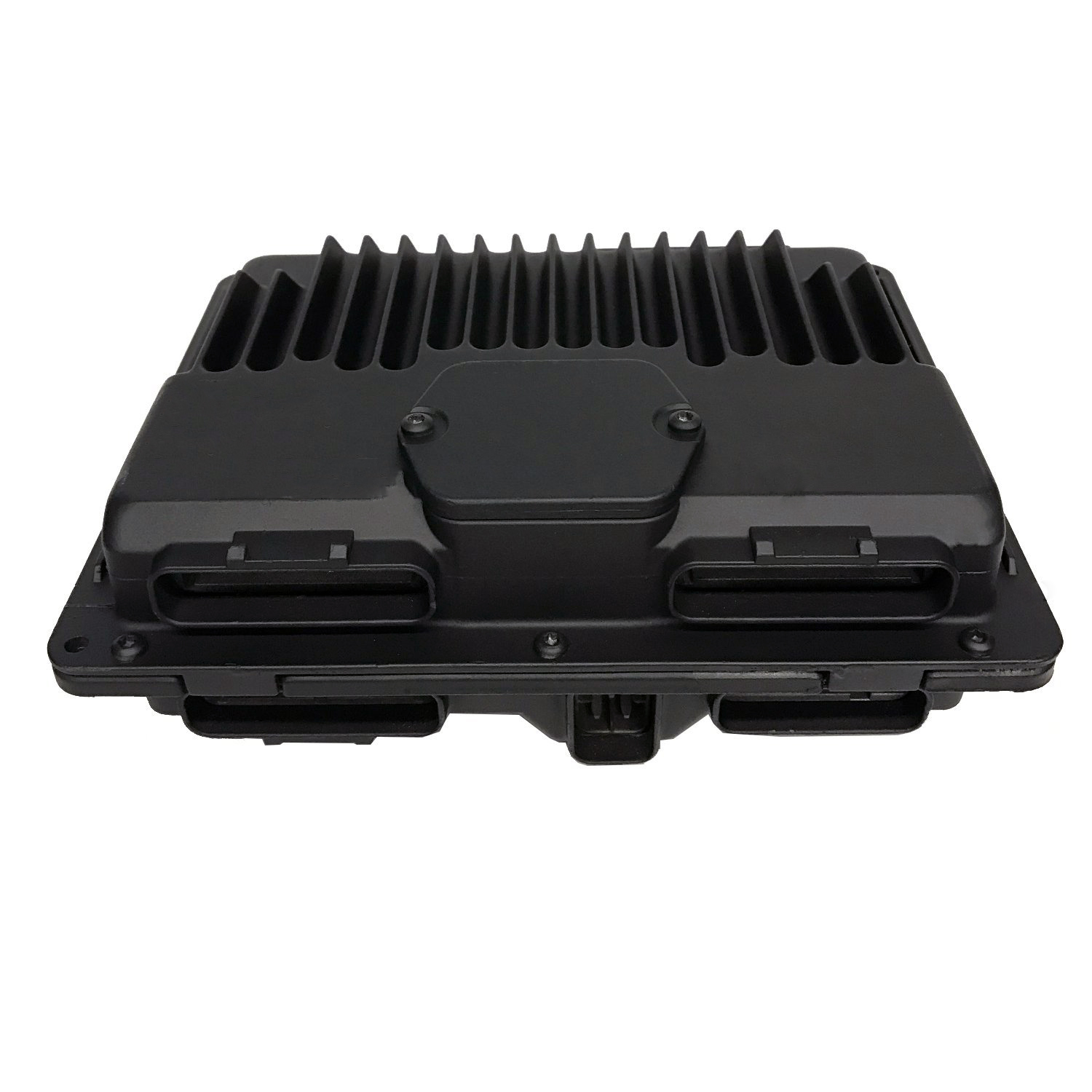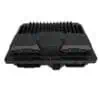Is Your Trusty GM Truck or SUV Suddenly Unreliable?
There’s nothing more frustrating than a vehicle you depend on starting to act up. Maybe the check engine light is glaring at you from the dash, the engine is running rough, it’s stalling at intersections, or the transmission is shifting erratically. These aren’t just annoyances; they’re signs that the very brain of your vehicle—the Powertrain Control Module (PCM)—may be failing. Don’t let a faulty computer sideline your workhorse. This is the straightforward, reliable solution to get your vehicle back to factory-spec performance.
Common Symptoms of a Failing PCM & Your Direct-Fit Solution
A failing PCM can cause a cascade of confusing problems. If you’re experiencing any of the following, a replacement module is often the answer:
- Persistent Check Engine Light (CEL) for codes like P0601, P0605, or other internal controller errors.
- Rough or unstable idle.
- Noticeable decrease in fuel economy.
- Harsh or unpredictable automatic transmission shifting.
- Engine stalling or hesitation during acceleration.
- Complete no-start condition where the engine cranks but won’t fire up.
This module is the definitive fix. We take a quality, inspected core unit and flash it with the latest official GM software calibrated specifically to your vehicle using the VIN you provide. This eliminates the guesswork and the expensive trip to the dealership for programming. You get a component that’s ready to install right out of the box, restoring the precise engine and transmission control your vehicle needs. This listing is for a programmed 16263494 PCM, ensuring you get the correct part for the job.
Features & Benefits
- ✔ VIN-Specific Programming: We load the exact software for your vehicle’s year, make, model, and options, ensuring perfect compatibility and performance.
- ✔ Plug-and-Play Installation: No dealer visit required for programming. Once installed, you may only need to perform a simple security relearn procedure (instructions included).
- ✔ Updated GM Software: Your module arrives with the newest software updates from General Motors, which can solve factory bugs and improve drivability and efficiency.
- ✔ Restored Performance & Economy: A correctly functioning PCM ensures optimal fuel delivery, spark timing, and transmission control, bringing back the power and MPG you’ve been missing.
- ✔ Cost-Effective Solution: Get a fully prepared module at a fraction of the cost of a new unit and programming service from a dealership.
Expert Insight: The Heart of Your Vortec Engine
This specific PCM, often called the ‘Black Box’ or ‘411’ PCM by enthusiasts, is the brain behind millions of legendary GM Vortec engines. It’s a robust unit, but after 20+ years of heat cycles and vibrations, the internal processors and circuits can fail. When we program one of these units, we’re not just loading data; we’re restoring the central nervous system of your truck. We ensure the software correctly manages everything from the fuel injectors and ignition coils to the complex torque converter lockup strategy in the transmission. Installing a properly programmed 16263494 PCM is one of the most effective ways to solve a host of electrical gremlins and make your classic GM truck or van run like it should.
Simple Ordering Process
- Confirm Fitment: Check the extensive list below to ensure your vehicle and original part number (e.g., 16263494, 16265035) are compatible.
- Place Your Order: Add the item to your cart and complete your purchase.
- Provide Your VIN: After ordering, simply send us a message with your 17-digit Vehicle Identification Number (VIN).
- We Program & Ship: Our technicians will program the module and ship it directly to you, ready for installation.
Frequently Asked Questions
Do I need to do anything after I install this PCM?
In most cases, you will need to perform a security relearn procedure, also known as a CASE relearn. This synchronizes the new PCM with your vehicle’s anti-theft system and crankshaft position sensor. We include simple, step-by-step instructions for this process, which typically does not require special tools.
How do I send you my VIN?
After you complete your purchase, please send us a message through the platform with your full 17-digit VIN. You can find this on your vehicle’s registration, insurance card, or on the driver’s side dashboard visible through the windshield.
Is this a brand new part?
This is a high-quality, original equipment component that has been thoroughly inspected, tested, and prepared for your vehicle. It is then loaded with fresh, vehicle-specific software, providing a reliable and cost-effective alternative to a new dealership part.
Will this fix my check engine light?
If your check engine light is on due to an internal PCM failure (common codes P0600-P0606) or a software-related issue, this module is the correct solution. However, if the light is on due to a faulty sensor, wire, or other mechanical part, you will still need to diagnose and repair that separate issue. This PCM will solve computer-related problems.
What if my original part number is slightly different?
GM used several interchangeable part numbers for these modules. Our listing includes a comprehensive cross-reference list. As long as your original number is on our compatibility list, this module will work perfectly once we program it with your VIN.
How long does the programming and shipping take?
We typically program and ship your module within one to two business days of receiving your VIN. This ensures you get your vehicle back on the road as quickly as possible.


